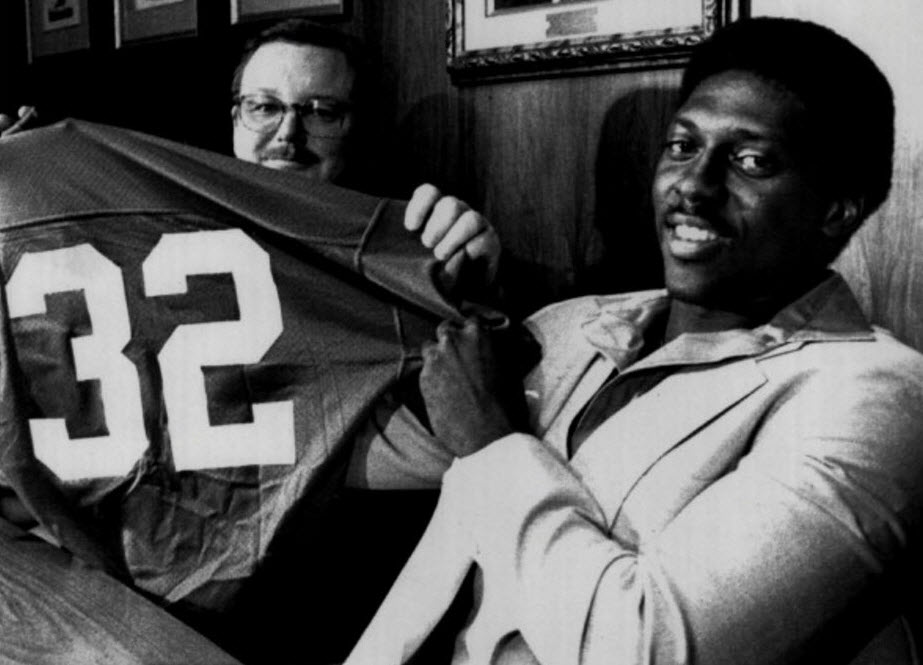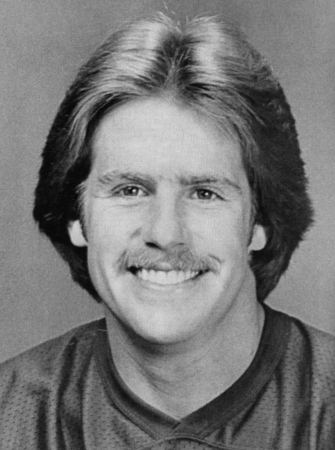The Big Red Zone concludes its series looking back on each of the 28 St. Louis Cardinals drafts (1960-87). This installment focuses on the 1987 Draft, which was held April 28-29 in New York.
Undeterred by three previous failed attempts at finding an elite quarterback in the first round of the NFL Draft (George Izo, 1960; Joe Namath, 1965; and Steve Pisarkiewicz, 1977) the Cardinals took one more swing in their final draft in St. Louis and selected Kelly Stouffer with their first-round pick in 1987.
In three seasons at Colorado State, Stouffer passed for 7,142 yards and 36 touchdowns. He was a first-team All-Western Athletic Conference pick as a senior. And he was named the most outstanding offensive player in the East-West Shrine All-Star Game.

Despite that resume, several other quarterbacks had been rated higher than Stouffer, and many NFL scouts were surprised that the Big Red deemed him worthy of the sixth selection overall.
“We wouldn’t have taken him if we didn’t think he was,” said George Boone, the Cardinals’ director of personnel. “He may be even better than that. But time is going to determine that one.”
Continue reading









